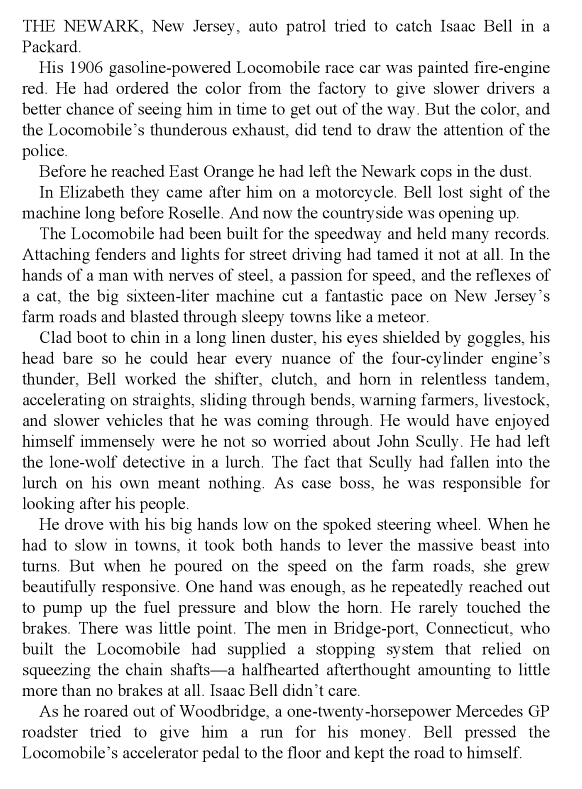via wikipedia.com...
 |
| Click to enlarge. |
Room 641A is an intercept facility operated by AT&T for the U.S. National Security Agency, beginning in 2003. Room 641A is located in the SBC Communications building at 611 Folsom Street, San Francisco, three floors of which were occupied by AT&T before SBC purchased AT&T. The room was referred to in internal AT&T documents as the SG3 [Study Group 3] Secure Room. It is fed by fiber optic lines from beam splitters installed in fiber optic trunks carrying Internet backbone traffic and, therefore, presumably has access to all Internet traffic that passes through the building.
The room measures about 24 by 48 feet (7.3 by 15 m) and contains several racks of equipment, including a Narus STA 6400, a device designed to intercept and analyze Internet communications at very high speeds.
The room measures about 24 by 48 feet (7.3 by 15 m) and contains several racks of equipment, including a Narus STA 6400, a device designed to intercept and analyze Internet communications at very high speeds.
The existence of the room was revealed by a former AT&T technician, Mark Klein, and was the subject of a 2006 class action lawsuit by the Electronic Frontier Foundation against AT&T. Klein claims he was told that similar black rooms are operated at other facilities around the country.
 |
| Click to enlarge. |
Room 641A and the controversies surrounding it were subjects of an episode of Frontline, the current affairs documentary program on PBS. It was originally broadcast on May 15, 2007. It was also featured on PBS's NOW on March 14, 2008.
The Electronic Frontier Foundation (EFF) filed a class-action lawsuit against AT&T on January 31, 2006, accusing the telecommunication company of violating the law and the privacy of its customers by collaborating with the National Security Agency (NSA) in a massive, illegal program to wiretap and data-mine Americans' communications. On July 20, 2006, a federal judge denied the government's and AT&T's motions to dismiss the case, chiefly on the ground of the States Secrets Privilege, allowing the lawsuit to go forward. On August 15, 2007, the case was heard by the Ninth Circuit Court of Appeals.
An additional case by the EFF was created on September 18, 2008, titled Jewel v. NSA.
The Electronic Frontier Foundation (EFF) filed a class-action lawsuit against AT&T on January 31, 2006, accusing the telecommunication company of violating the law and the privacy of its customers by collaborating with the National Security Agency (NSA) in a massive, illegal program to wiretap and data-mine Americans' communications. On July 20, 2006, a federal judge denied the government's and AT&T's motions to dismiss the case, chiefly on the ground of the States Secrets Privilege, allowing the lawsuit to go forward. On August 15, 2007, the case was heard by the Ninth Circuit Court of Appeals.
An additional case by the EFF was created on September 18, 2008, titled Jewel v. NSA.






























